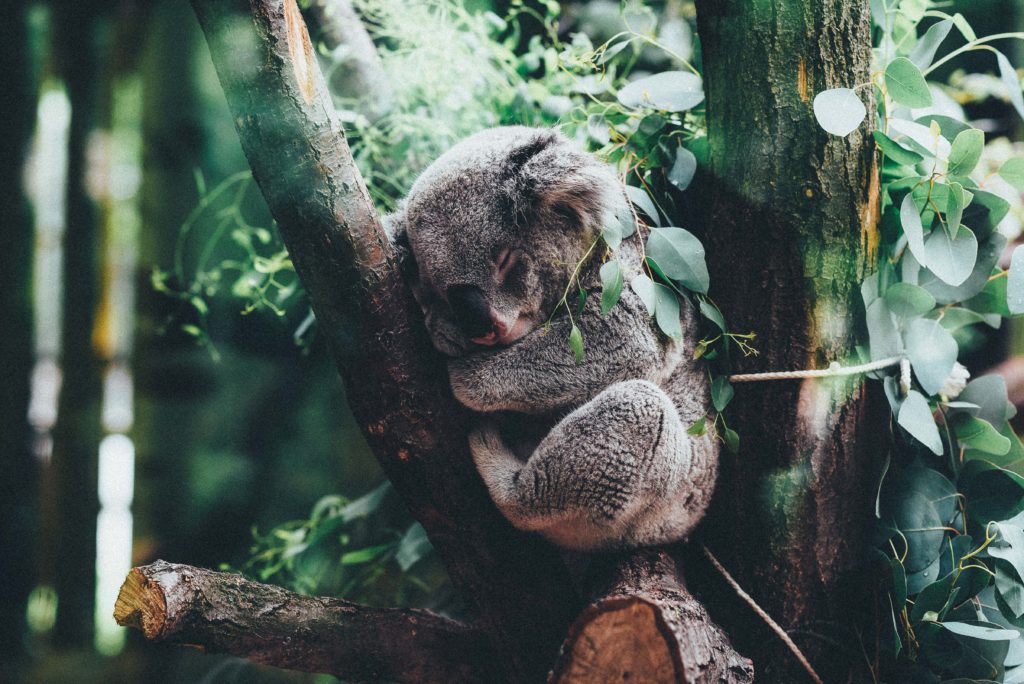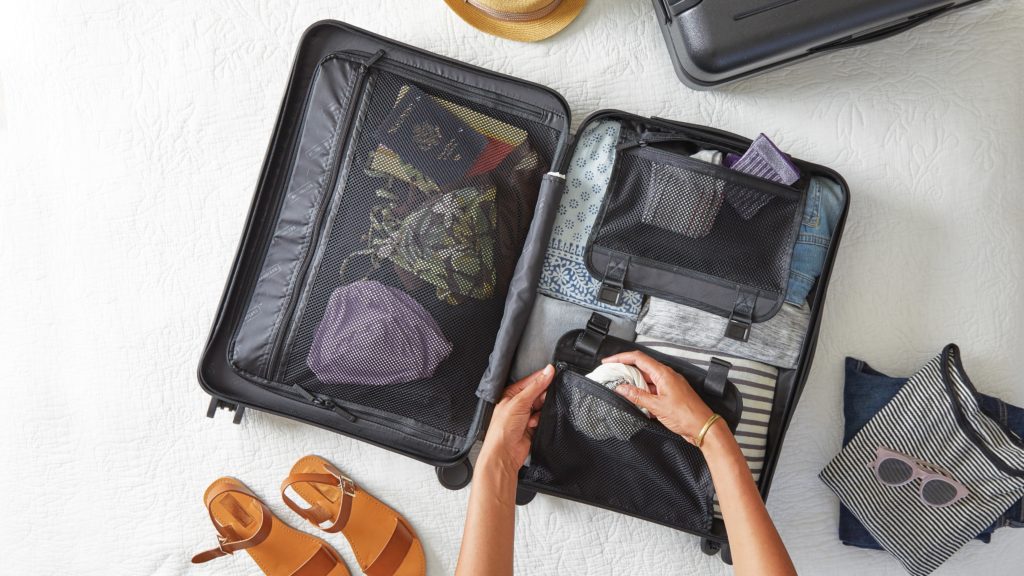When you get the chance to live in another country to undertake your studies one of the best things is exploring all the things that the country has to offer – its food, people, and of course its landscapes.
Australia is a vast landmass with an enormous amount of different places to visit, from city parks and botanic gardens to more remote eucalypt forests and grasslands, to the expanse of the Outback and red desert centre.
Environmental biosecurity hygiene
Protecting our natural environment, including wildlife like koalas and kangaroos and the trees and grasses they need to survive, is more important than ever after a series of extreme weather disasters like floods and bushfires over the last few years. What can you do to help ensure the Australian bush and its inhabitants stay safe from pests and diseases like myrtle rust, red imported fire ants, and invasive weeds? Environmental hygiene of course!
Clean shoes, clothes and bags
Any time you go exploring our natural environment – whether it’s a walk in the park, a bushwalk out of town, or a weekend camping in our stunning National Parks – make sure all of your clothes, shoes and bags and anything else you might need like walking poles or tents are clean from things like dirt and seeds before you head off.
Having clean gear is the easiest and most effective way to stop pests, diseases and weeds from spreading throughout Australia. You might not even realise you have picked up a seed or brushed against a plant with myrtle rust (a fungus that could kill plants that koalas live on) so it’s better to be safe than sorry.
Check visitor information online
Check online for any information for visitors to the places you plan to go. This ensures you are aware of things like areas of National Parks that are closed to support recovery and rehabilitation from the recent bushfires, or where there might be an incursion of a pest or disease that you need to keep a watch out for, like red imported fire ants in south-east Queensland.
Adhere to guidance
Whilst you are out and about, keep an eye out for biosecurity signage that might tell you that a pest or disease is being controlled or under surveillance. The signage may be on gates or fences on both public and private property. At all times you should adhere to the guidance or directions displayed. You may see signage alerting you to phytophthora, red imported fire ants, myrtle rust or African love grass, for example.
Report anything unusual
If you suspect you’ve found a new pest or disease, report it to the exotic plant pest hotline on 1800 084 881. Calls to the hotline will connect you to an automated system that allows the caller to choose the state or territory the call relates to. You will then be connected to the relevant authority for that state where calls will be answered by an experienced person. They will ask some questions to help understand the situation, such as:
- what was seen (describe the pest or send a photo) and when was it first noticed
- where it was found and what it was on
- how many pests are present/how infected is the crop
- how wide the distribution is
Every report will be taken seriously, checked and verified and treated confidentially. Alternatively, you can go online to report a biosecurity concern.





